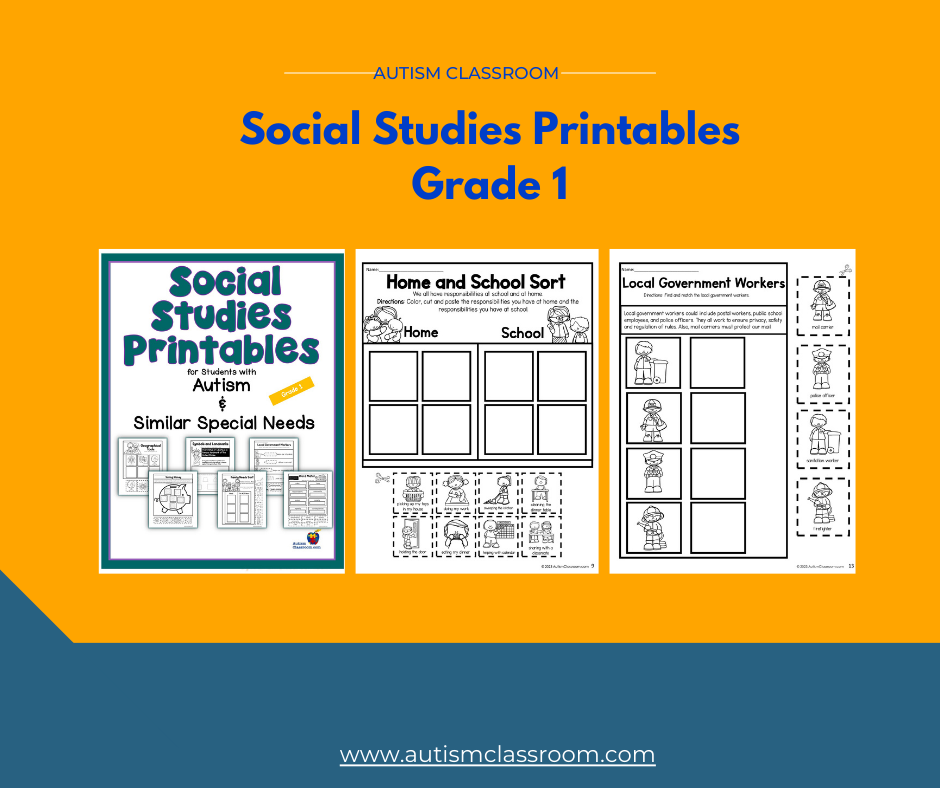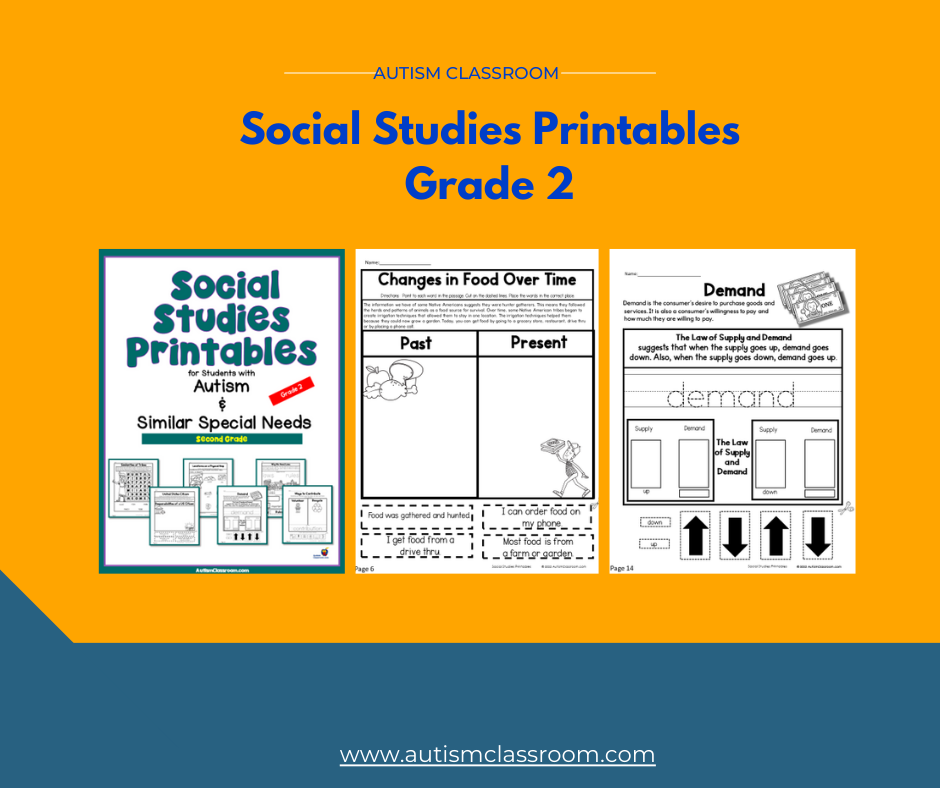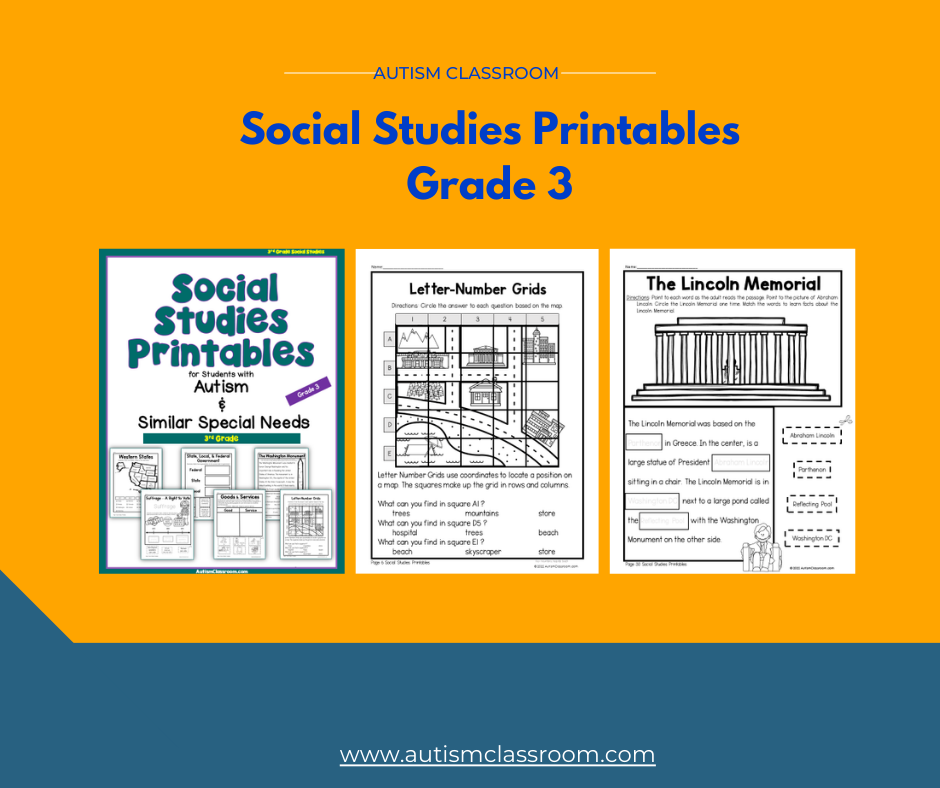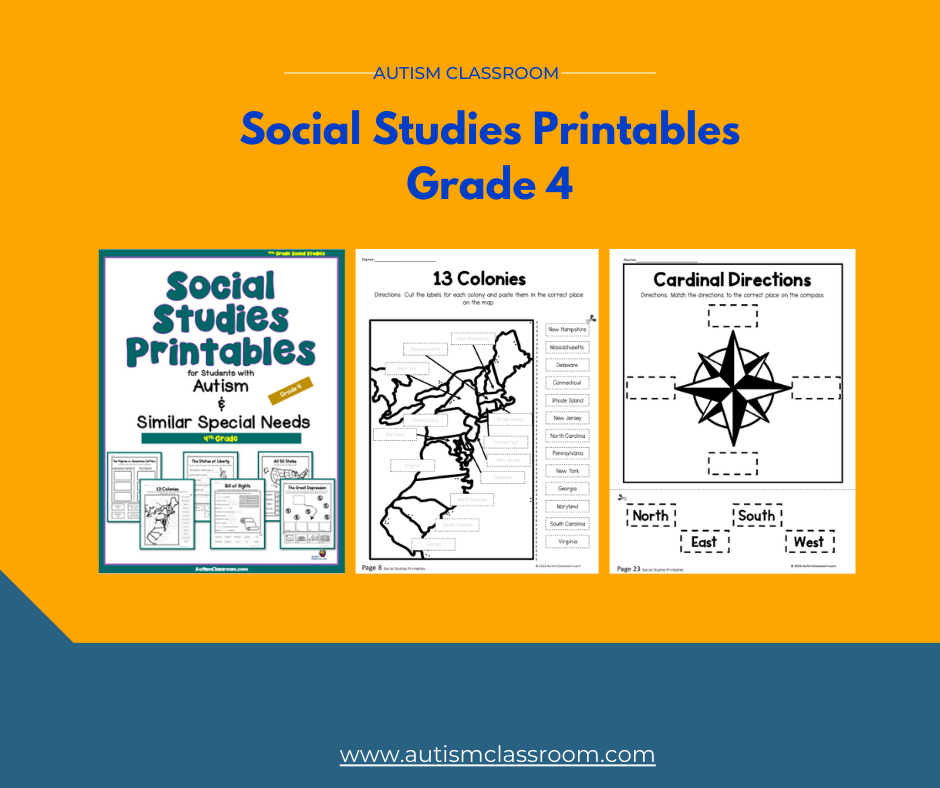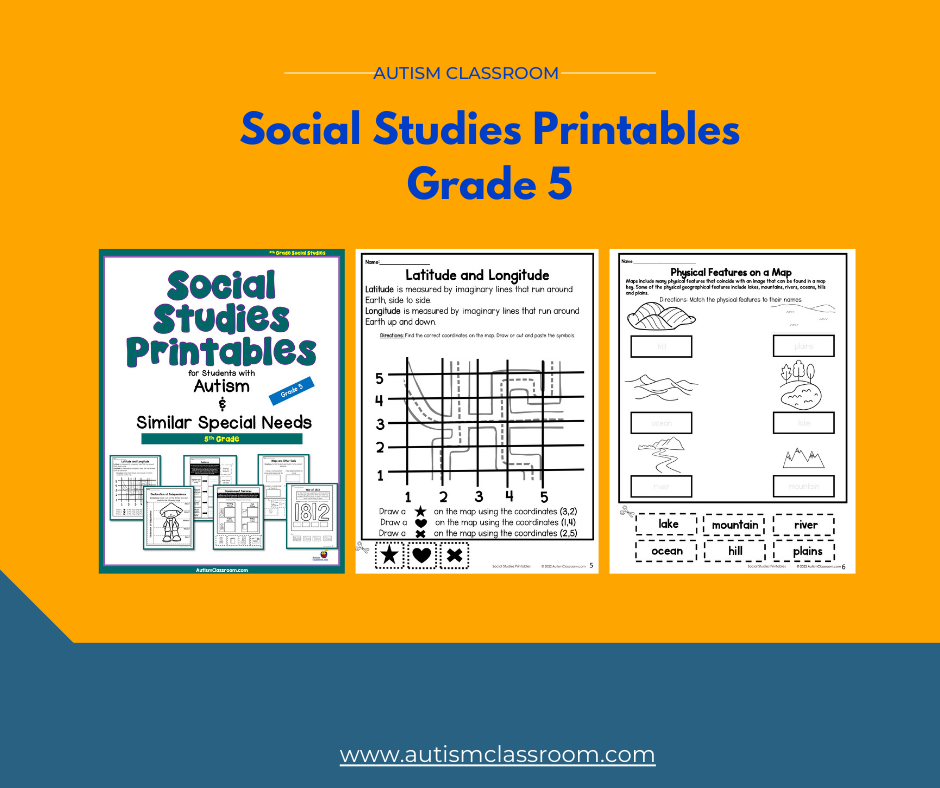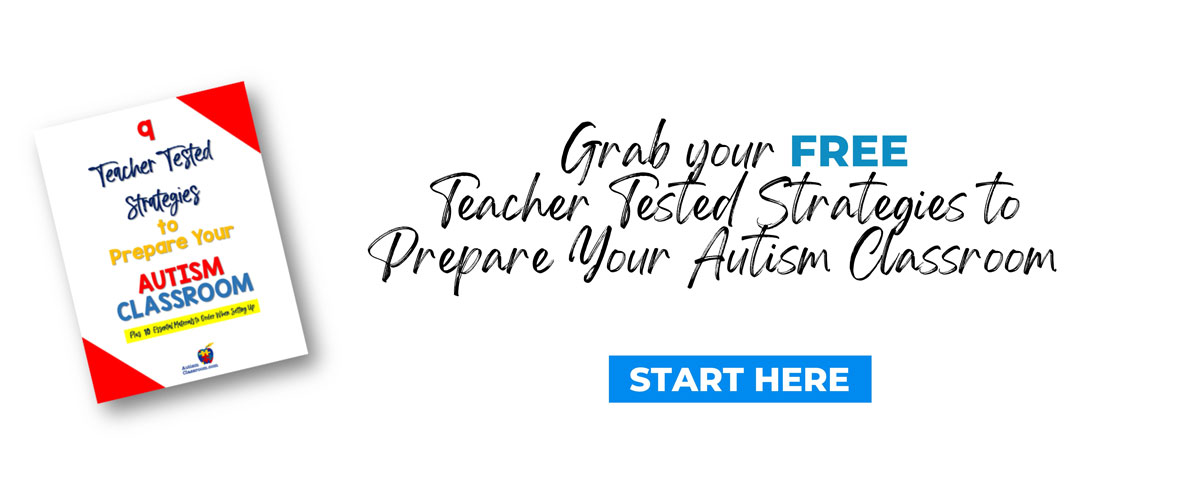Teaching any subject to children with special needs should be done with careful consideration of adaptations that may be required. Students with autism or developmental delays often need information presented to them in different ways to promote information retention.
Here is how to teach social studies to children with special needs in a way that is conscious of their needs.
Get Visual!
The traditional method of teaching students social studies doesn’t work for many children with special needs. Rote memorization can be difficult for students who are visual learners. Creating visual timelines and allowing students to develop their own projects, using computer programs like Canva or the old-fashioned way through drawing, can make it visual. Another project idea is to create a visual collage that represents time periods or events.
For nonverbal students, expectations like answering questions aloud during learning time or reading long passages, cannot be met. Similarly, a verbal presentation at the end of a unit would be an unfair expectation. Both of these expectations are common in social studies curricula, and it’s important to be aware of potential modifications needed. If students can create something or write, the teacher can act as a voice box for students to acknowledge their work and participation in the class! Voice output devices can also be used to have students share their information.
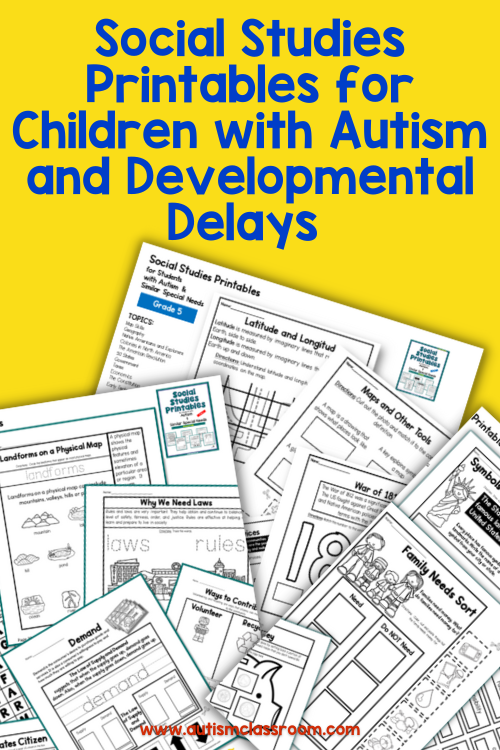
Think Outside of the Box
When modifications are necessary, consider ways to encourage your students to push themselves while acknowledging their differences. Students can learn the same information differently through writing, cutting and pasting, drawing, and exploring historical information. They do not simply need to read the material and answer questions or memorize the meanings of terms from a textbook.
Doing a hands-on project works as well since students can practice numerous skills in that process. Creating a project that helps them learn to listen to directions, follow a sequence or complete a 2-step command can address social studies and their individual needs as well.

Many teachers worry about connecting project-based learning and creative activities to standards. Some easy ways to begin to use creative activities are to place them as unit openers and use unit closers. This creates a time to practice project-based learning to see if students learned the things they were taught. Projects are great for students who need time to compete tasks. Steps can be broken down over several class periods. And...parents love to see work from their children.
Using images to connect to vocabulary words is another way to support students during a social studies lesson. Having students draw, use digital programs, or cut and paste instead of writing words can still show mastery of vocabulary. Using images to create vocabulary match up activities is beneficial for all learners. Also, remember, visual activities are always helpful in growing vocabulary for students who struggle with communication.
Create a Routine for Your Students with Intensive Needs
At Social Studies time, make things familiar so that students know what to expect for each lesson. Creating solid classroom procedures and routines is my number one rule for success. Doing this for class assignments keeps things simple for students and teachers. Teaching the whole group is a big challenge, but here are some tips.
- Timed Lessons: Keep this moving quickly and do not have too long of a time period. Using a timer can help.
- Reinforcer Box: A small box of interesting or preferred items can be used to give students something to look forward to in class and keep students motivated to work. Try using it at the beginning and end of the lesson.
- Story, Book or One Pager: Introduce the topic with words and pictures from a book, story, or magazine (or use a real object) to show the theme or any other objective for that day. Have something to show students what they will be talking about that day.
- Short Video: This step is optional and is not recommended for students who have trouble breaking from videos and computers. Using short videos under 3 minutes can introduce ideas or concepts in a simple way that doesn’t take much time. Too many videos and videos that are too long are not usually helpful.
- Lesson Format: Using the same format every time can be extremely helpful for students who thrive on structure. So it's best to create a good solid routine and stick with it.
- Worksheets are a great way to teach a lesson where students can show what they know. Helping them to match or cut and paste using subjects based on content is right on target and boosting their productivity.
- Creating a structure for students to turn in their work in is important. Make sure they are actively participating by giving you their paper at the end of the lesson instead of you just collecting it. Teach students the concept of "give" or "hand your paper to me." Also, build in clean up routines in the activity. Make sure to leave time for the students to clean up writing utensils, glue sticks and extra papers. Teaching them to place everything in a pre-selected clean up bin can help. And... this is all part of the lesson and increases their self-management skills.
Use Worksheets as Guidance
Worksheets with lots of visual supports are a great way to present information to your students, especially worksheets that cater to visual learners. They encourage learning in a way that deviates from the norm of rote memorization, essays, and presentations about history. In general, printables are a helpful supplement to a social studies curriculum. Here at Autism Classroom we have a set of social studies printables that teachers are loving!
Social Studies Printables for Students with Autism and Similar Special Needs Bundle includes easy-to-answer social studies-related worksheets that require variations in response styles for many answers. For example, matching, cutting, circling and pasting, are all a big part of it.
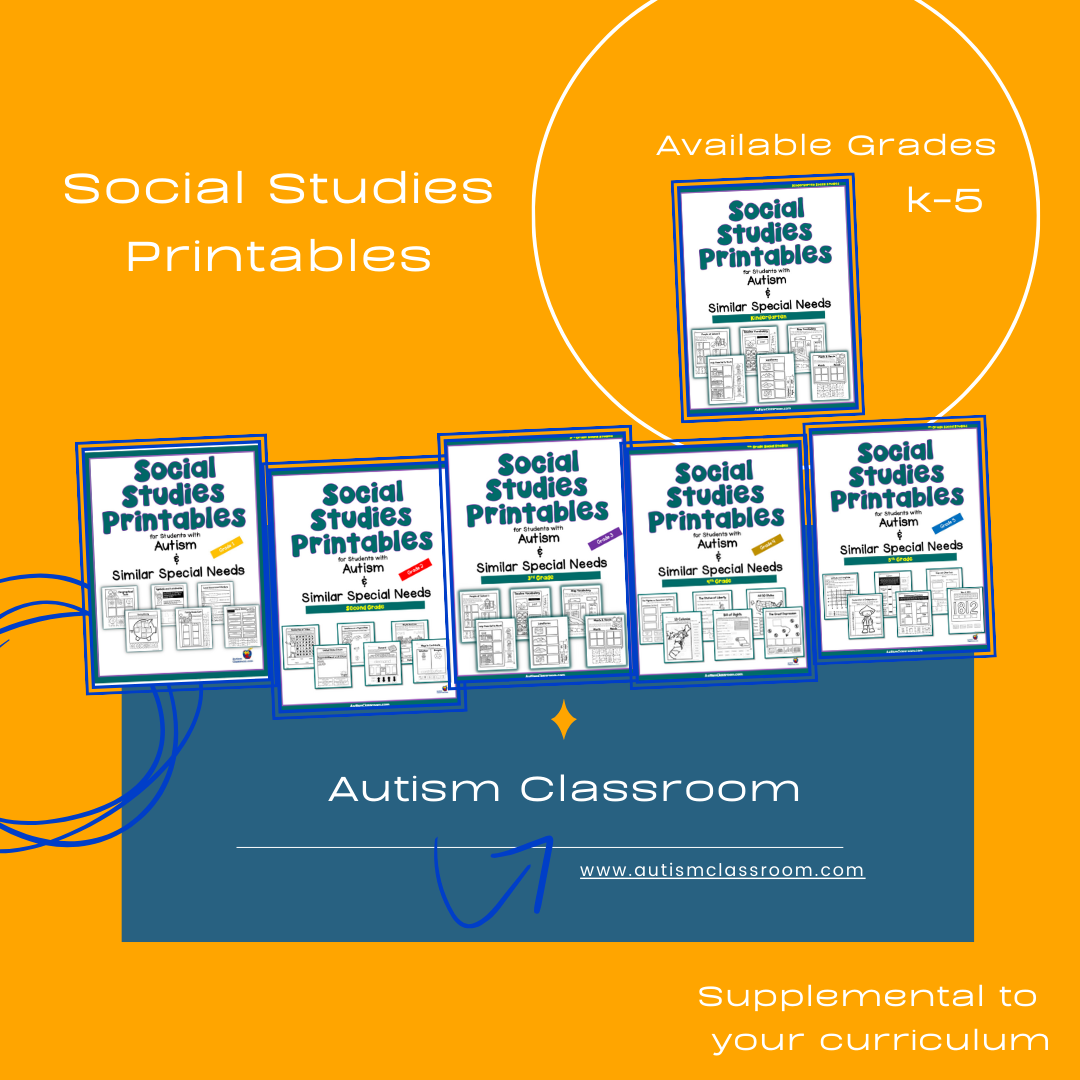
Printables are available for each grade level in elementary and are especially helpful when teaching students whose special needs include developmental delays. The topics are related to topics that each grade level might be studying. 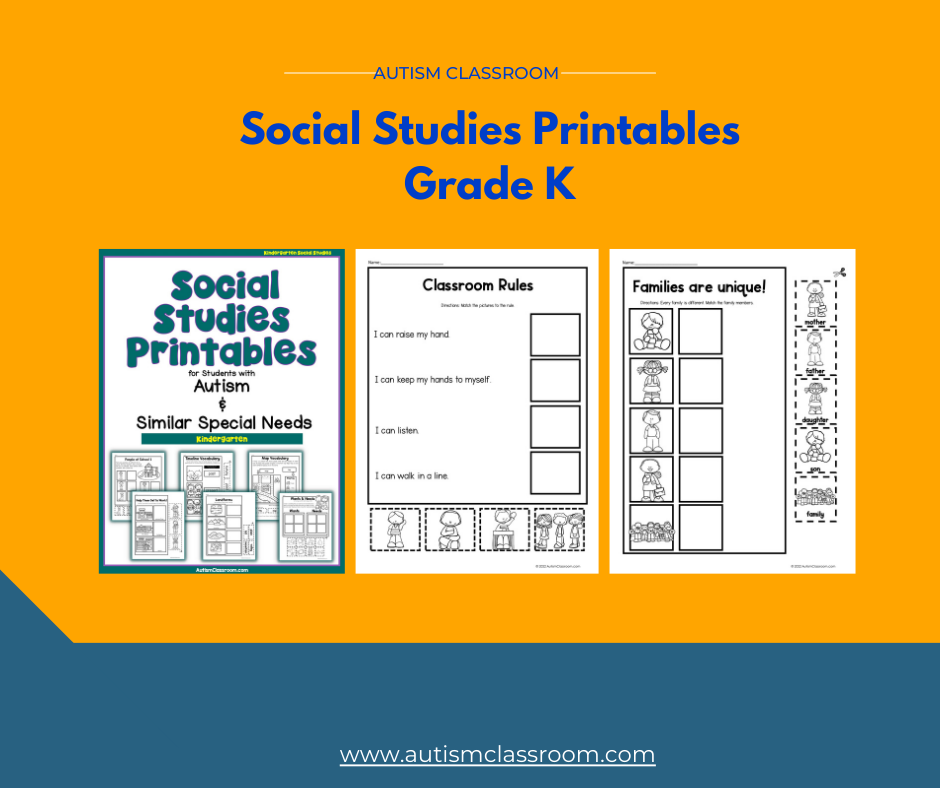
The kindergarten set includes worksheets on these topics.
- Classroom Rules & Responsibility
- Roles of Family Members
- Positions of Authority at School
- Map Skills
- Settlement Characteristics
- Community Helpers
- American Figures and Holidays
- Cultural Celebrations
- Time Order
- Landforms & Water Forms
- Wants & Needs
- Goods & Consumers
- Currency
The 1st grade set includes worksheets on these topics.
- Rules, Responsibilities & Laws
- Government
- Conflict and Cooperation
- Economics
- History
- Geography
- Media
The 2nd grade set includes worksheets on these topics.
- Sources
- Native Americans
- Changes Over Time
- Immigration
- Time Sequences
- Economics
- Government and Citizenship
- US Symbols, Documents, and Historical People
- Political, Physical, and Thematic Maps
- Label Coordinates, Continents, and Oceans on A Map or Globe
- Locate the Countries In North America
The 3rd grade set includes information on these topics.
- Geography
- The 50 States
- Changing Communities
- Diversity in the Community
- Cultural Celebrations
- American Symbols, Landmarks & Monuments
- Historical Figures
- Government
- Market Economy
- Financial Literacy
The 4th grade set includes printables on these topics.
- Colonies in North America
- The American Revolution
- The American Civil War
- World Wars I & II
- Map Skills
- Physical Geography
- All 50 States & State Capitals
- Branches of Government
- American Symbols, Landmarks, & Monuments
- Supply & Demand Economics
- Social Studies Skills
The 5th grade set includes worksheets on these topics.
- Map Skills
- Geography
- Native Americans and Explorers
- Colonies in North America
- The American Revolution
- 50 States
- Government
- Taxes
- Economics
- The Constitution
- Early Technology and Inventions
A Few Final Things to Remember
- Remember to have materials ready in a bin.
- Remember to work on skills that are needed for each particular student. For example, if they are working on writing their name, make sure they do that each time. If they are working on answering yes/no questions, make sure to ask 2 or more yes/no questions during each activity - no matter what the lesson topic. This will ensure that students are working on their goals, and learning about social studies as well.
- Over-organizing this routine now will create structure and guidance for the school year. By doing so, you will help your students have meaningful, and adventurous learning experiences at school!


